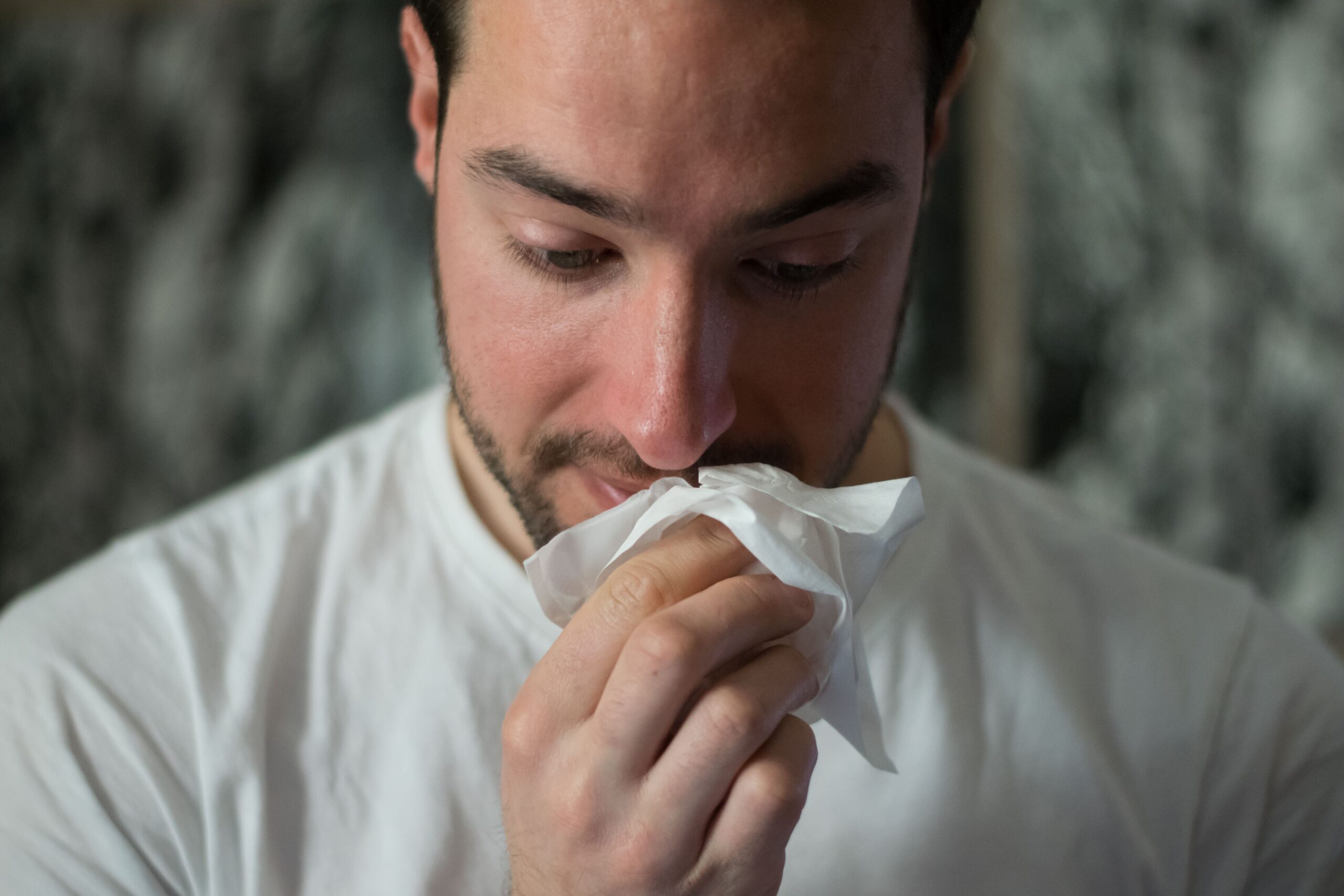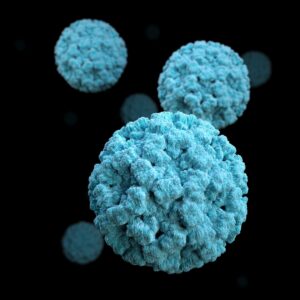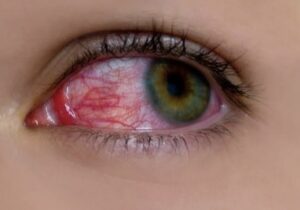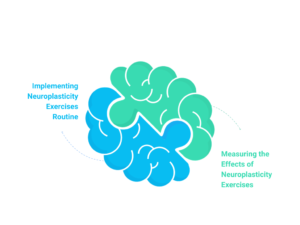In this blog post, we will explore the rarest allergy and uncovering the mystery of 10 rarest allergies , their causes, treatments, and preventions. We’ll also provide helpful tips for how to identify and manage an allergic reaction, so you can stay safe and healthy.Allergies are a common occurrence, but some of the rarest allergies can be difficult to diagnose and even more challenging to treat. Allergic reactions can range from mild to severe, and can even be life-threatening.
Table of Contents
1) Allergy to touch (dermatographia) The Rarest Allergy
Dermatographia, also known as skin writing, is an allergy to the light touch of the skin and is one of the rarest allergy. It’s a form of hives, which is an allergic reaction caused by mast cells releasing histamines into the bloodstream when triggered. When someone with dermatographia is lightly touched or scratched, their skin will become red and inflamed in the area that was touched. This reaction can cause itching, pain, burning, or tingling sensations.
The exact cause of dermatographia is unknown, but it’s believed to be related to an overly sensitive immune system that overreacts to certain triggers such as dust, pollen, animal dander, or medications. It can also be triggered by emotional stress or extreme temperatures.
Dermatographia can usually be treated with antihistamines and corticosteroids to reduce inflammation and itching. It’s important to avoid potential triggers such as exposure to extreme temperatures and emotional stress. Wearing loose clothing and avoiding tight-fitting jewelry may also help prevent outbreaks. Additionally, avoiding known allergens such as dust, pollen, and animal dander can help reduce the risk of a reaction.

2) Allergy to cold (crystalalgia)
Crystalalgia is one of the rarest allergy, affecting only a few thousand people around the world. It is an allergy to cold temperatures, with symptoms such as itching, swelling, hives, and redness of the skin when exposed to cold. Crystalalgia is caused by a malfunction in the body’s immune system, which causes it to overreact to exposure to cold temperatures.
People who suffer from crystalalgia are often advised to avoid exposure to cold, including air conditioning and cold drinks. They should also dress warmly and keep their environment at a comfortable temperature. To reduce symptoms, over-the-counter antihistamines can be taken and topical steroid creams can be applied directly to the skin. If symptoms are severe, doctors may prescribe immunotherapy or immunosuppressant drugs.
3) Allergy to light (photosensitivity)
Photosensitivity is the rarest allergy that involves an individual’s reaction to light. Those who suffer from photosensitivity can experience a variety of symptoms including a skin rash, hives, redness, itching, swelling, and burning. Exposure to certain types of light – such as the sun, fluorescent lights, or laser light – can trigger these reactions.
The exact cause of photosensitivity remains unknown however, it has been associated with conditions such as lupus, medication side effects, and skin disorders like eczema or psoriasis. It is important to note that the condition can also occur without any other underlying health issue.
To treat photosensitivity, individuals should avoid exposure to light by using protective clothing and sunscreen with SPF 30 or higher. Additionally, a doctor may prescribe medications such as antihistamines or corticosteroids for more severe cases. In some instances, phototherapy may be recommended to desensitize the person’s skin to light.

4) Allergy to water (aquagenic urticaria) The Rarest Allergy
Aquagenic urticaria is one of the rarest allergy in which the body develops hives upon contact with water. It is estimated that only around 100 cases of aquagenic urticaria have been reported worldwide. This type of allergy has a wide range of reactions, from mild itching and burning to severe hives and swelling.
The exact cause of aquagenic urticaria is still unknown. However, it is believed to be a result of a combination of genetics, hormones, and environmental factors. Additionally, researchers believe that aquagenic urticaria can be triggered by certain chemicals, such as chlorine or bromine, that are often present in tap water.
To treat aquagenic urticaria, doctors will usually recommend avoiding contact with water as much as possible. In addition, medications such as antihistamines and topical corticosteroids can be used to reduce symptoms. Some patients may also benefit from phototherapy, which is a type of light therapy used to reduce inflammation. For more severe cases, immunosuppressant drugs may be prescribed.
To prevent aquagenic urticaria, it is important to avoid coming into contact with any potential triggers, such as chlorine and bromine. Additionally, wearing protective clothing when showering can help reduce exposure to water. Finally, if possible, it is best to switch to filtered or distilled water when bathing or drinking.
5) Allergy to heat (cholinergic urticaria) The Rarest Allergy
Allergy to heat, also known as cholinergic urticaria, is one of the rarest allergy and is a type of physical allergy that occurs when the body is exposed to an increase in temperature. It is characterized by raised red bumps or welts on the skin that can be itchy and painful. These bumps are typically surrounded by a pale halo and can spread rapidly over the body.
The exact cause of this allergy is not yet known but it is believed to be triggered by a sudden increase in body temperature caused by hot weather, exercise, showers, saunas, or other activities. In some cases, stress or emotional triggers such as excitement or anger may also play a role. It is one of the rarest allergies.
While there is no cure for this condition, it can be managed with medications, avoidance of triggers, and lifestyle changes. Anti-histamines may be prescribed to reduce the itching and swelling associated with the condition. If a person is sensitive to heat, it is important to avoid saunas and hot tubs, as well as strenuous exercise in warm weather.
Wearing lightweight clothing and avoiding tight-fitting garments can also help to reduce the symptoms. Keeping cool and applying cool compresses may also help alleviate some of the discomfort associated with the condition. In severe cases, phototherapy may be recommended to desensitize the skin.
6) Allergy to pressure (pressure urticaria) The Rarest Allergy
Pressure urticaria is one of the rarest allergy and affects only a few people. It is an allergy to the pressure of things against the skin, including clothing, jewelry, watch straps, and other objects. Symptoms of this allergy can range from mild discomfort to severe welts or hives.
The cause of this allergy is unknown but it is believed to be linked to a decrease in blood flow due to pressure. People who suffer from pressure urticaria may experience symptoms within minutes or up to an hour after contact with a pressurized object. The symptoms can include swelling, redness, itching, and burning at the site of contact. In severe cases, these symptoms can lead to anaphylaxis which is a life-threatening allergic reaction.
There is no cure for pressure urticaria but there are ways to treat the symptoms and prevent further episodes. Avoiding contact with pressurized objects is the best way to prevent symptoms. If you must come into contact with pressurized objects, wearing loose-fitting clothing can help reduce the pressure on your skin and reduce your risk of reacting. Applying ice or a cool compress to the affected area can help reduce inflammation and itching. Anti-inflammatory medications such as ibuprofen can also help relieve symptoms.
If you are experiencing symptoms of pressure urticaria, it is important to seek medical attention as soon as possible. An allergist can perform tests to determine the cause of your allergy and recommend treatment options.
7) Allergy to sweat (gravitational urticaria)
Allergy to sweat, also known as gravitational urticaria, is a rare condition that causes an allergic reaction to sweat. This condition is characterized by the development of hives or red, itchy welts on the skin after sweating, usually on areas of the skin that are under pressure or where sweat tends to accumulate.
The exact cause of this condition is not fully understood, but it is thought to be related to the release of histamine and other chemicals in response to pressure or the heat of sweat on the skin. Some individuals may be genetically predisposed to this condition, and it can also be triggered by certain medications, foods, or environmental factors.
Symptoms of allergy to sweat can vary from mild to severe, and may include itching, redness, swelling, and hives. In some cases, anaphylaxis, a severe and potentially life-threatening allergic reaction, may occur.
Diagnosis of allergy to sweat may involve a skin prick test or a sweat test, where the patient’s skin is exposed to sweat or sweat-inducing stimuli to determine if a reaction occurs. Treatment may involve avoiding triggers that cause the allergic reaction, taking antihistamines or other medications to reduce symptoms, or immunotherapy to desensitize the immune system to the trigger.
While allergy to sweat is one of the rarest allergy , it can significantly impact an individual’s quality of life and require careful management to prevent symptoms. If you suspect you have an allergy to sweat, it is important to consult with a medical professional for proper diagnosis and treatment.
8) Allergy to exercise (exercise-induced anaphylaxis)
Exercise-induced anaphylaxis (EIA) is a rare and potentially life-threatening condition characterized by a severe allergic reaction that occurs during or after physical activity.It is one of the rarest allergy. People with EIA may experience symptoms ranging from hives, itching, and flushing to breathing difficulties, fainting, and shock. In some cases, the reaction can be fatal.
EIA can occur in anyone, but it is more commonly seen in people who have a history of allergies or asthma. The exact cause of EIA is not fully understood, but it is thought to be related to a combination of factors, including exercise, food intake, and environmental factors.
Exercise-induced anaphylaxis can occur during any type of physical activity, but it is more common during aerobic exercises such as running, cycling, and swimming. It can also occur during activities that involve a lot of movement, such as dancing, or during activities that involve exposure to heat or cold.
Symptoms of EIA typically appear within minutes to hours of starting physical activity, and can vary in severity. Mild symptoms may include itching, hives, and flushing, while more severe symptoms may include difficulty breathing, nausea, vomiting, abdominal pain, and fainting.
If you experience symptoms of EIA, it is important to stop physical activity immediately and seek medical attention. Treatment may include antihistamines, epinephrine, and other medications to relieve symptoms and prevent anaphylactic shock.
Prevention of EIA involves avoiding triggering factors such as certain foods, medications, or environmental conditions that may exacerbate symptoms. Wearing loose-fitting clothing and avoiding exercise during peak pollen or pollution times may also help reduce the risk of developing EIA.
9) Allergy to dental materials (oral allergy syndrome)
Allergy to dental materials, also known as oral allergy syndrome, is a condition in which a person has an allergic reaction to materials commonly used in dental procedures. This type of allergy can affect anyone, but is more commonly seen in patients with a history of allergies or asthma. This is one of the rarest allergy.
The most common dental materials that can cause an allergic reaction are nickel, latex, and acrylic resins. Nickel is often found in dental crowns, bridges, and orthodontic appliances, while latex is used in gloves and other dental materials. Acrylic resins are commonly used in dentures and other prosthetic devices.
Symptoms of an allergic reaction to dental materials may include itching or swelling in the mouth, tongue or lips, difficulty breathing, hives, and in rare cases, anaphylaxis. These symptoms can range from mild to severe and can occur immediately after exposure or up to several hours later.
If you suspect you have an allergy to dental materials, it is important to speak with your dentist or allergist. They may perform a patch test to identify the specific material causing your allergic reaction. Treatment options may include avoiding the allergen, taking antihistamines or corticosteroids to relieve symptoms, or in severe cases, receiving emergency medical attention.
10) Allergy to grass, pollen, or dust (hay fever)
Allergy to grass, pollen, or dust is commonly known as hay fever or allergic rhinitis. It is an allergic reaction that occurs when the immune system overreacts to allergens such as pollen, grass, and dust. These allergens can be found in the air and can trigger symptoms in individuals who are allergic to them.
Hay fever symptoms can range from mild to severe and typically include a runny or stuffy nose, sneezing, itchy eyes, nose, and throat, and watery eyes. In some cases, individuals suffering from the rarest allergy may experience fatigue, headaches, and difficulty sleeping.
The severity of hay fever symptoms can depend on various factors such as the type of allergen, the amount of allergen exposure, and individual sensitivity. Symptoms may also vary depending on the time of year as different allergens are present at different times.
Hay fever can be diagnosed through a combination of medical history, physical examination, and allergy testing. Treatment for hay fever may involve avoiding allergens, taking over-the-counter or prescription medications such as antihistamines and decongestants, or receiving allergy shots (immunotherapy) to help desensitize the immune system to allergens.
Overall, hay fever can significantly impact an individual’s quality of life, and seeking medical attention and following appropriate treatment can help alleviate symptoms and improve overall well-being.
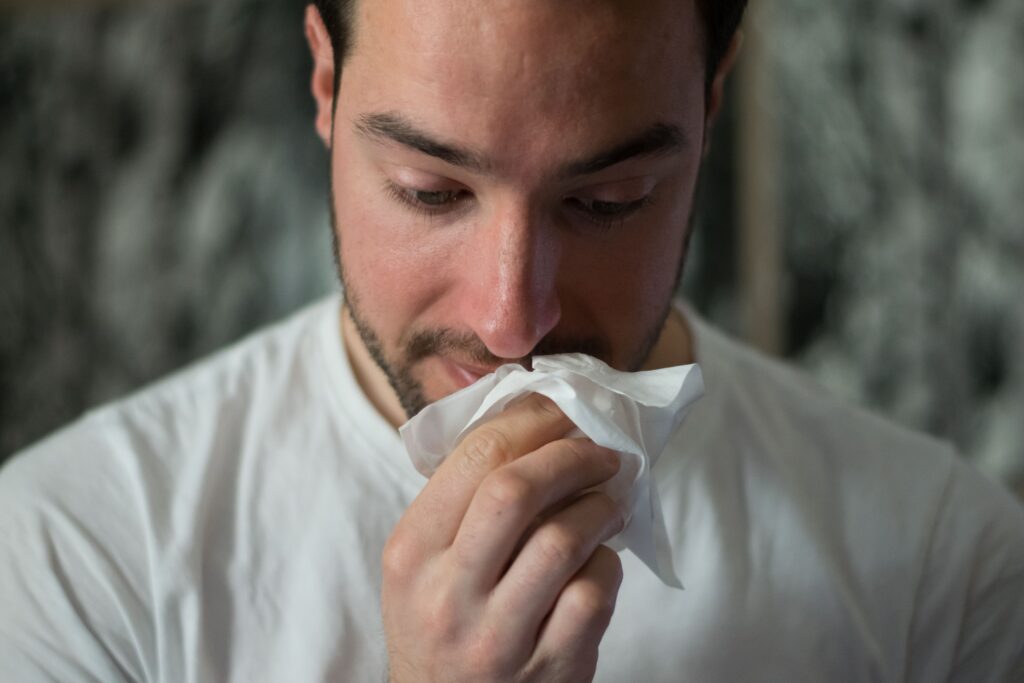
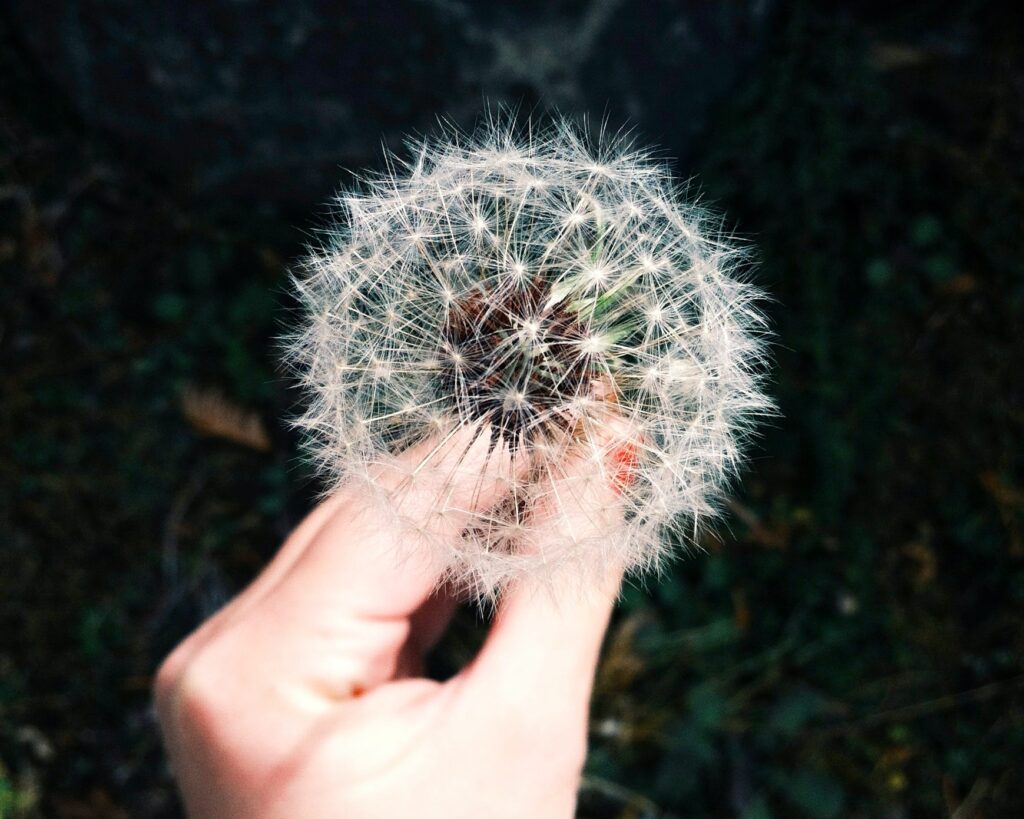
Conclusion
In conclusion, allergies are a common occurrence in many people’s lives, but there are some rare allergies that only affect a small percentage of the population. These allergies can range from allergies to sunlight, water, or even specific foods like meat or fruits. While these allergies may be rare, they can have serious and even life-threatening consequences for those who are affected by them.
It is essential for individuals who suspect they have an allergy to seek medical attention and undergo testing to identify the allergen and receive proper treatment. Further research is needed to understand the causes and potential treatments for these rarest allergies and to develop better strategies for preventing and managing them. Overall, understanding and raising awareness about these rarest allergies can help to improve the lives of those affected by them and prevent future cases.

